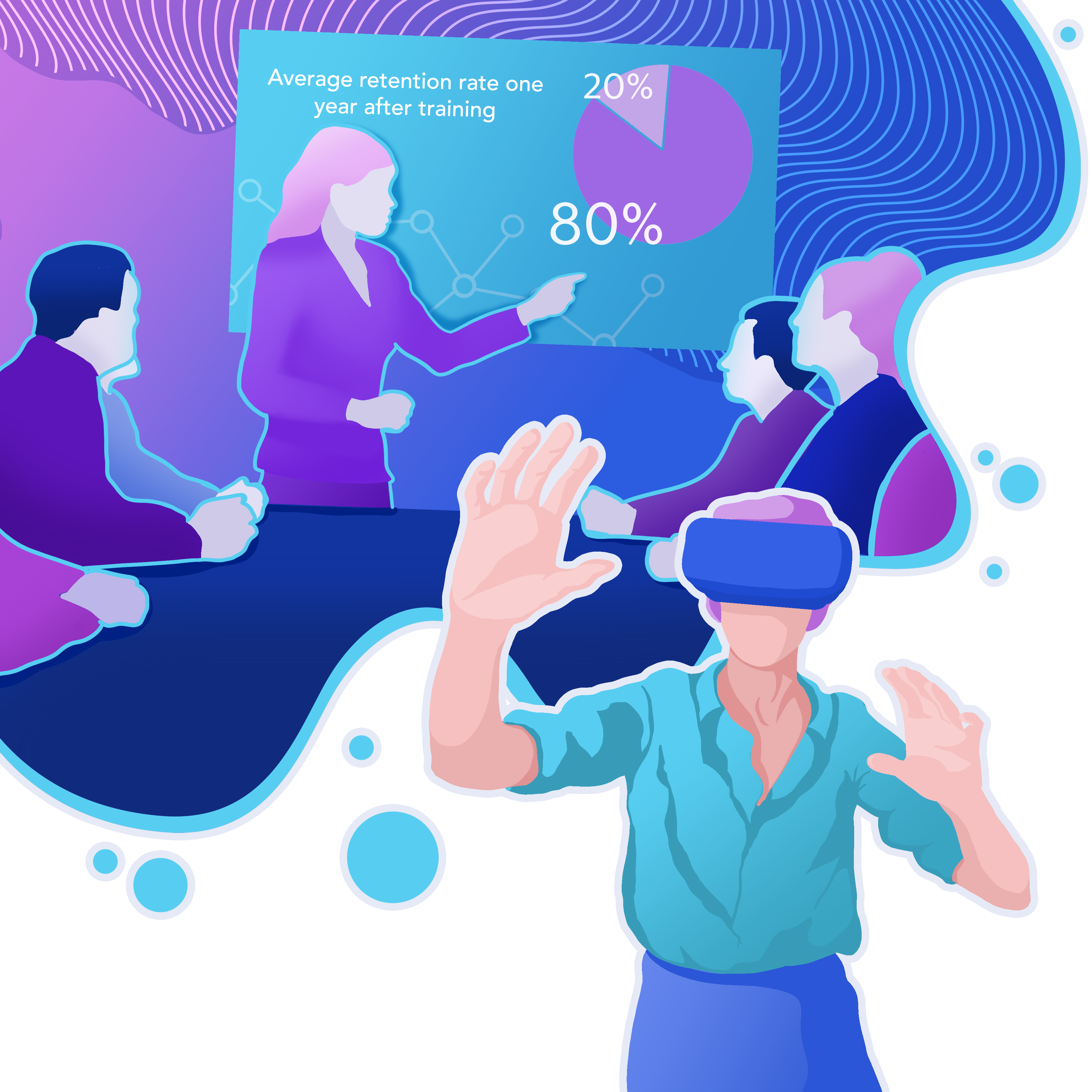Virtual Reality - Welcome the Training Disruptor

[Estimated reading time: 3 minutes]
The simultaneous development of multiple technologies makes it difficult for training professionals to know what is merely a fad and what needs serious consideration. This article explains why virtual reality (VR) is a technology that can’t be ignored and is already disrupting the global training market. Within five years, VR will be the primary method that workers will use to develop their skills in a safe and controlled context.
What is VR?
While VR (Virtual Reality) only hit the commercial mainstream in 2014 with Google’s ‘Cardboard’ headset, the technology has already evolved significantly over the last six years. ‘VR’ changes perceptions of what our eyes and ears experience, removing them from our real-world context and placing them into a virtual one. This is done by using technologies such as 360 film and/or computer graphics.
There are no limits on what we can experience in VR and this allows us to immerse ourselves in places and situations that are dangerous, impossible, or even just too awkward for real-life training.
What skills can VR be used to develop?
VR is already being used to train people in a wide variety of skills: technical, procedural, safety, people skills and emotional intelligence. Practising an awkward conversation with a virtual co-worker, recording that interaction, and reviewing to improve performance for the real thing — this is all already possible.
Why does VR training work?
Cognitively a VR simulation acts in the same way that real-life experience does; by creating new neural pathways that can be relied upon at a future date, helping us implement our skills and knowledge to manage challenging situations.
The technology has multiple attributes that make it a superior training tool: complete quality control across volumes of trainees; data generation for analytical purposes; reusable and scalable content; privacy to train alone or with others; and the ability to influence perspectives to broaden understanding.
Can you prove it?
A lot of research has proven the validity of VR as a training medium, with the following being just a few examples:
- 80% average retention rate one year after training — Miami Children’s Hospital
- 20% of people more likely to change behaviour by virtually experiencing the impact of decisions — Stanford University
- 87% reduction in time by turning a live medical pathology lesson into a 360 film — NYU
- 98% of trainees in a VR sexual harassment training said they now understood their personal role in diversity and inclusivity — Domain and Equal Reality
Why isn’t everyone using it already?
We are finally at a point where the hardware is good enough to create powerful experiential training at an affordable cost. In 2017, a high-quality VR headset and gaming computer cost $4,000 to run. Now in 2020, there is no need for a gaming computer anymore, as VR headsets have evolved. A high quality standalone headset can cost around $1000; and this price will reduce over the years to come.
Software development is still a laborious process for organisations wanting their own custom virtual reality training simulations. Although there are tools available to reduce the complexity of building such experiences (eg. Amazon’s Sumerian), they are currently too cumbersome for lay people to use.
Other platforms, like our Facilitate, are solving specific learning and development problems, such as providing high-quality experiential training that overcomes the tyranny of distance (we are based in Western Australia, after all!).
The Future of VR training
More solutions are continually coming to market as the technology develops, while also beginning to challenge online learning and live training in the process. Get ready for innovative learning management systems to start offering VR-enabled solutions within the next couple of years. In the meantime, start thinking about how virtual reality could revolutionise the effectiveness of your organisation’s learning and development programs.
Feel free to get in touch with us at Facilitate to learn how you can ease your business into VR with minimal risk and a clear business case.
